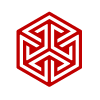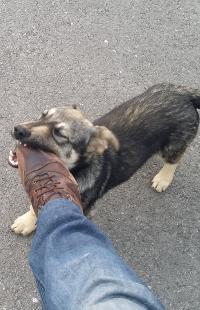Search Results (Searched for: raspberry pi 3)
- emresensoy
- emresensoy
08 Sep 2025 15:23
- andypugh

08 Sep 2025 13:15
LinuxCNC 2.9.5 has been released was created by andypugh
LinuxCNC 2.9.5 has been released
Category: LinuxCNC Announcements
- oodanner
- oodanner
07 Sep 2025 18:01 - 07 Sep 2025 19:05
Replied by oodanner on topic Remora - Rpi Software Stepping Using External Microcontroller via SPI
Remora - Rpi Software Stepping Using External Microcontroller via SPI
Category: Computers and Hardware
- unknown
- unknown
06 Sep 2025 09:17
- emresensoy
- emresensoy
06 Sep 2025 06:01
- unknown
- unknown
04 Sep 2025 22:51
Replied by unknown on topic Debian Trixie upgrade/install to 2.9.4
Debian Trixie upgrade/install to 2.9.4
Category: Installing LinuxCNC
- scotta

30 Aug 2025 23:04
- tommylight

29 Aug 2025 19:55
HP Z600 old workstations for use with LinuxCNC was created by tommylight
HP Z600 old workstations for use with LinuxCNC
Category: Computers and Hardware
- Gusgus
- Gusgus
27 Aug 2025 23:20
- Gusgus
- Gusgus
27 Aug 2025 21:26
- Gusgus
- Gusgus
26 Aug 2025 02:05
- becrazy
- becrazy
25 Aug 2025 14:44
Replied by becrazy on topic RPi5 with LinuxCNC Image and Waveshare PCIe TO Gigabit ETH Board
RPi5 with LinuxCNC Image and Waveshare PCIe TO Gigabit ETH Board
Category: Installing LinuxCNC
- unknown
- unknown
25 Aug 2025 10:10
Replied by unknown on topic RPi5 with LinuxCNC Image and Waveshare PCIe TO Gigabit ETH Board
RPi5 with LinuxCNC Image and Waveshare PCIe TO Gigabit ETH Board
Category: Installing LinuxCNC
- becrazy
- becrazy
25 Aug 2025 07:26 - 25 Aug 2025 07:34
Replied by becrazy on topic RPi5 with LinuxCNC Image and Waveshare PCIe TO Gigabit ETH Board
RPi5 with LinuxCNC Image and Waveshare PCIe TO Gigabit ETH Board
Category: Installing LinuxCNC
- becrazy
- becrazy
24 Aug 2025 19:31 - 24 Aug 2025 19:39
Time to create page: 0.614 seconds
